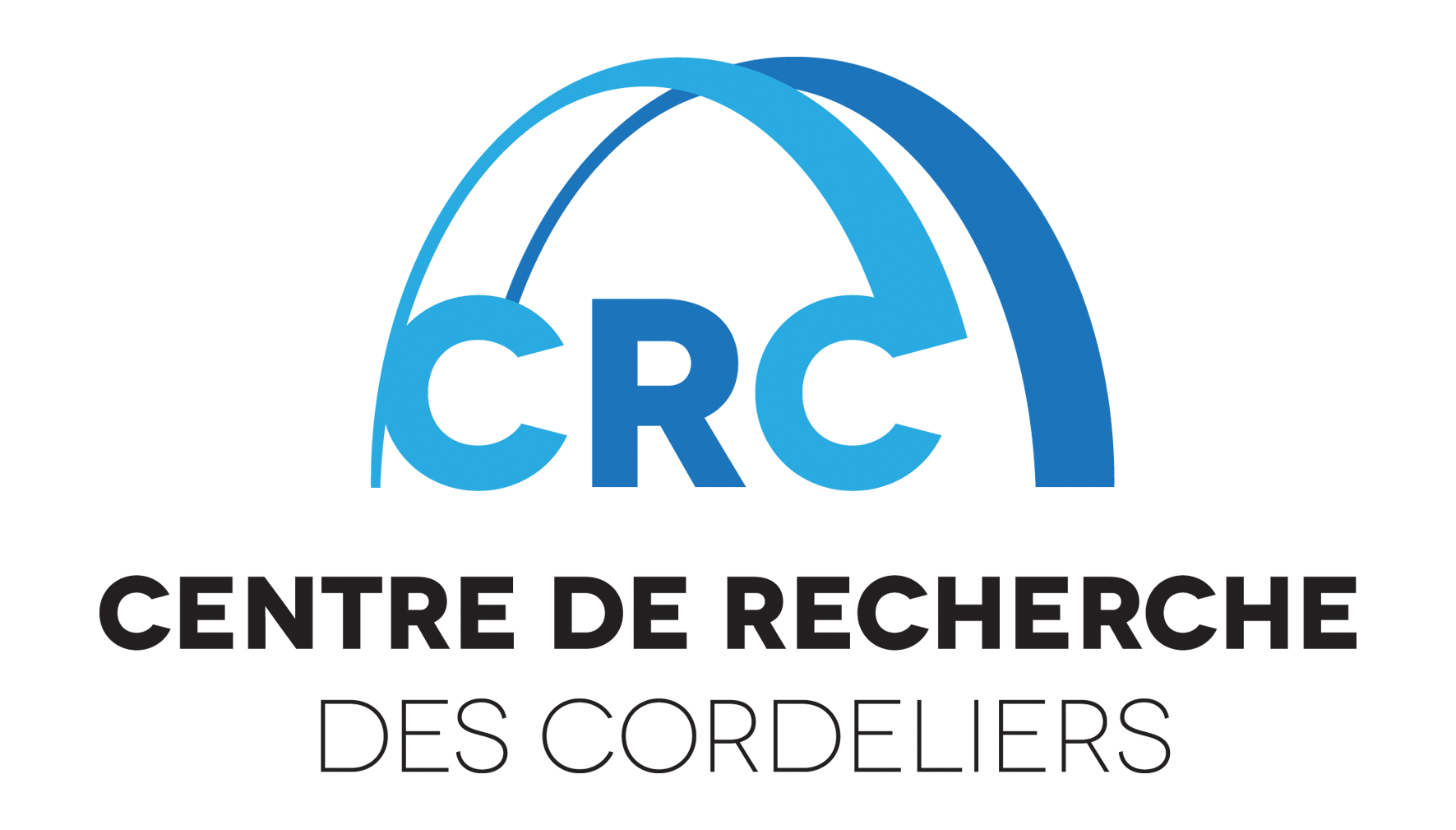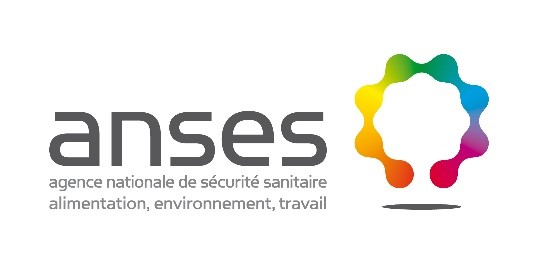Molecular Oral Pathophysiology

Director :
Ariane Berdal

Deputy Director :
Sylvie Babajko

Oral diseases are a major health concern. They include frequent infectious diseases, common acquired dental developmental defects, rare genetic diseases and tumors. Our team explores oral physiology and pathology from bench to bedside. Our goal is to identify and characterize distinct molecular pathways driving jaw-tooth biology.
Oral diseases are among the most prevalent. They considerably reduce the quality of life for those who are affected. Oral diseases include frequent infectious diseases, common acquired dental developmental defects, rare genetic diseases and tumors. Their diversity is related to the multiple causal factors and to the variety of oral tissues constituting the oral cavity. Oral pathologies are co-morbidity factors of systemic diseases and may be used as early marker. Finally, oral reconstruction and the ensuing treatment costs are major public health concerns worldwide.
Our team explores oral physiology and pathology from bench to bedside. At that time, integrative jaw biology is incipient due to the multiplicity of interacting tissues and cells which profiles are partially identified. With this in mind, our goal is to identify and characterize molecular pathways driving jaw-tooth biology through inherited and acquired dysfunctions. To do so, a part of the team’s activity is dedicated to human cohort and biobank analyses. These are coordinated at a National scale level (FHU, PHRC, HeadNeckMAFACE-ORares network – part of European CRANIO-ERN Action). The functional underlying pathways are explored using experimental cell and animal models for oral development and diseases. The oral cavity being the first route of entrance for many xenobiotics and microbes responsible for most oral pathologies, characterization of cell signaling pathways involved in response to environmental toxicants with endocrine disrupting properties is an important challenge. The data from basic science on oral stem cells are used for innovative biomaterials for reconstruction in collaboration industrial partners. An experimental « InterMinD » platform connected with the oral university-hospital network and the biomedical Cordeliers Research Center gives access to cell and mineral investigation from the anatomical to nanoscale levels.

Scientific Themes
Rare Oral Diseases
Translational research is conducted on syndromic dental anomalies in connection with the Reference Center for dental and oral rare diseases ORares set up by our team at the Assistance Publique – Hôpitaux de Paris. The team explores malformative syndromes associating Amelogenesis Imperfecta with renal and ocular manifestations including ectopic mineralization, myopia and/or proteinuria.
Gene-Environment relationships
Environmental factors are increasingly considered as strong public health issues and recent investigations pointed out the contribution of exposure to endocrine disrupting Chemicals (EDCs) to chronic pathologies, fertility troubles and cancers. Despite the molecular mechanisms they use to affect human health remain unknown, steroid receptors seem tightly involved in EDC effects.
Main publications
Protein Kinase D1 (PKD1) Is a New Functional Non-Genomic Target of Bisphenol A in Breast Cancer Cells. Merzoug-Larabi M, Youssef I, Bui AT, Legay C, Loiodice S, Lognon S, Babajko S, Ricort JM. Front Pharmacol. 2020. 10:1683. link
Disrupted Iron Storage in Dental Fluorosis. Houari S, Picard E, Wurtz T, Vennat E, Roubier N, Wu TD, Guerquin-Kern JL, Duttine M, Thuy TT, Berdal A, Babajko S. J Dent Res. 2019 ;98(9):994-1001. link
Involvement of neural crest and paraxial mesoderm in oral mucosal development and healing. Isaac J, Nassif A, Asselin A, Taïhi I, Fohrer-Ting H, Klein C, Gogly B, Berdal A, Robert B, Fournier BP. Biomaterials. 2018;172:41-53. link
Patterns of Dental Agenesis Highlight the Nature of the Causative Mutated Genes. Fournier BP, Bruneau MH, Toupenay S, Kerner S, Berdal A, Cormier-Daire V, Hadj-Rabia S, Coudert AE, de La Dure-Molla M. J Dent Res. 2018;97(12):1306-1316. link
Amelogenesis imperfecta in familial hypomagnesaemia and hypercalciuria with nephrocalcinosis caused by CLDN19 gene mutations. Yamaguti PM, Neves FA, Hotton D, Bardet C, de La Dure-Molla M, Castro LC, Scher MD, Barbosa ME, Ditsch C, Fricain JC, de La Faille R, Figueres ML, Vargas-Poussou R, Houillier P, Chaussain C, Babajko S, Berdal A, Acevedo AC. J Med Genet. 2017;54(1):26-37. link
All publications









